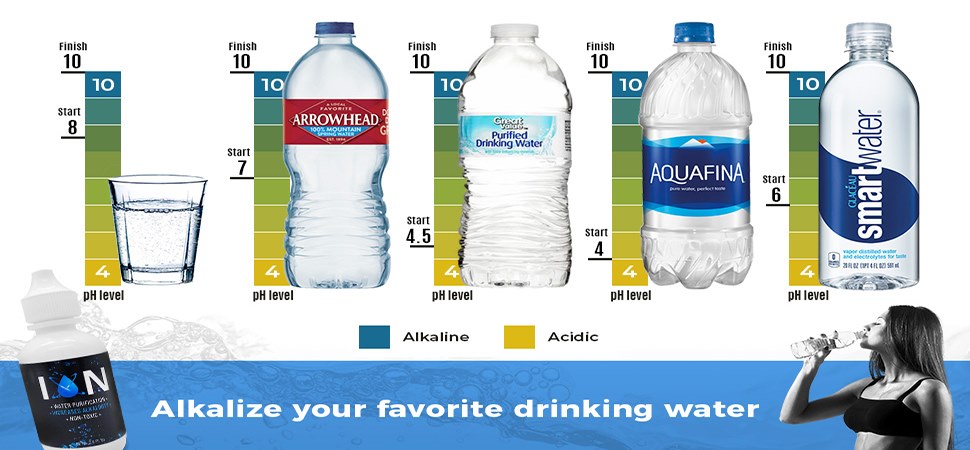Water is a fundamental necessity for life, yet access to clean and safe drinking water remains a challenge in many parts of the world. Water purification treatment is the process used to remove harmful contaminants, pathogens, and impurities from water, making it safe for human consumption, agriculture, and industrial use. This process is critical for public health, environmental sustainability, and overall quality of life.
What is Water Purification Treatment?
Water purification treatment refers to a series of physical, chemical, and biological processes that remove undesirable substances from raw water sources such as rivers, lakes, groundwater, or seawater. The goal is to eliminate harmful organisms, sediments, heavy metals, and chemical pollutants to produce water that meets safety standards.
This treatment process is essential in both urban and rural settings. In cities, it supports municipal water supplies, while in remote or underdeveloped regions, it ensures communities have access to safe drinking water.
Main Stages of Water Purification
The water purification process generally involves the following key stages:
1. Coagulation and Flocculation
Chemicals known as coagulants are added to the water to bind particles and impurities into larger clumps, called flocs. This helps in the removal of suspended solids.
2. Sedimentation
Once flocs form, the water is allowed to sit undisturbed in large tanks. The heavy flocs settle at the bottom due to gravity, leaving clearer water above.
3. Filtration
The settled water then passes through various filters—typically made of sand, gravel, or charcoal—to remove smaller particles, such as bacteria, dust, and organic material.
4. Disinfection
To eliminate any remaining harmful microorganisms, disinfectants like chlorine, ozone, or ultraviolet (UV) light are used. This ensures the water is microbiologically safe before distribution.
5. Advanced Treatments (Optional)
In some cases, techniques such as reverse osmosis, carbon filtration, or ion exchange may be used for further purification, especially when treating seawater or water with high levels of contaminants.
Benefits of Water Purification
Implementing water purification treatment has numerous advantages:
- Improves Health: Reduces the risk of waterborne diseases like cholera, dysentery, and typhoid.
- Supports Agriculture: Provides clean water for irrigation, ensuring crop health and food safety.
- Protects Ecosystems: Prevents the release of harmful pollutants into rivers and lakes.
- Boosts Industrial Efficiency: Ensures high-quality water for manufacturing and processing operations.
Conclusion
Water purification treatment is more than just a technical process—it is a crucial element in securing a healthy future for communities and the environment. As global water challenges intensify due to climate change and population growth, investing in reliable water treatment systems is more important than ever. With proper purification, we can ensure that everyone has access to clean, safe, and sustainable water resources.






Comments